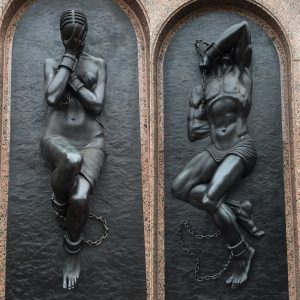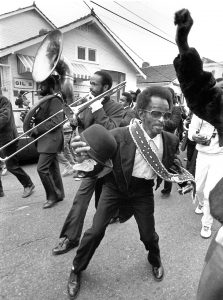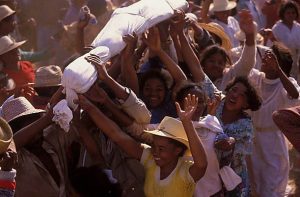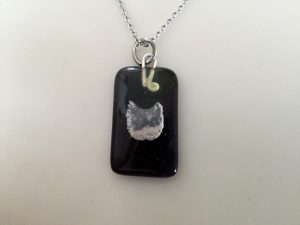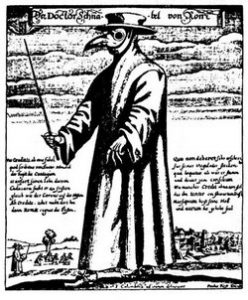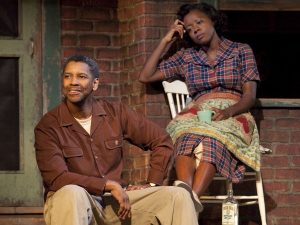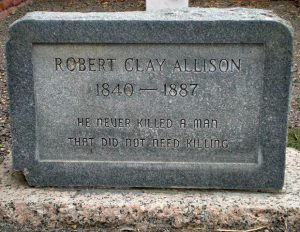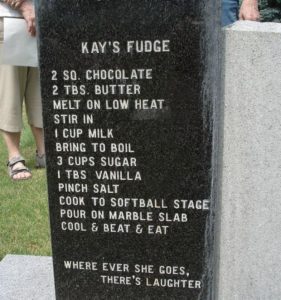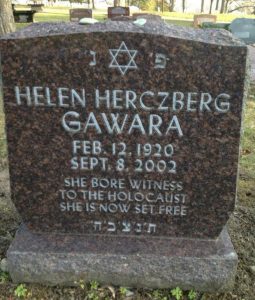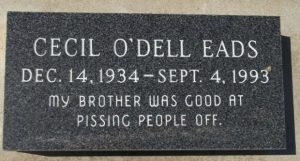 Humans seem to have both a strong anxiety and fascination with death, having a profound awareness of our own mortality from a young age. We seem to do everything in our power to avoid death and prolong the inevitable, but often very little to change how we perceive death. For those that see their death coming, such as in the case of a terminal illness, is there something we could do to change how they process their own deaths? There is evidence that psychoactive drugs could provide this change.
Humans seem to have both a strong anxiety and fascination with death, having a profound awareness of our own mortality from a young age. We seem to do everything in our power to avoid death and prolong the inevitable, but often very little to change how we perceive death. For those that see their death coming, such as in the case of a terminal illness, is there something we could do to change how they process their own deaths? There is evidence that psychoactive drugs could provide this change.
Most research and investigation into the possible effects, both negative and positive, of psychoactive drugs were extinguished with the birth of the Controlled Substance Act in 1970. This act classified all psychoactive drugs as schedule 1 substances, categorizing them as unsafe and lacking any potential medical value. In recent years, however, we have seen an increasing amount of research on psychoactive drugs such as dimethyltryptamine (DMT) and psilocybin with one incredible possibility stemming from their use; the ability to change one’s perception of death.
Research has found that the use of these substances allows patients who are diagnosed with terminal illnesses to approach the existential crisis of death in a different way, one that common medications do not provide. Cancer patients receiving a single moderate dose of psilocybin with guidance of a counselor reported a change in the way they perceive the world around them, their families and relationships, and death. One dose of psilocybin was also found to have the lasting effect of lowering depression and anxiety levels in these patients, measured at both two and fourteen months after the experience.
Most interesting of possible psychoactive chemicals for use in end of life practices is DMT. DMT is an endogenous chemical produced by the pineal gland released by our brains most notably during dreaming and death. People who have tried this drug often describe seeing similar structures and often report a similar experience independent of culture. This calls into question what people experience when taking the so-called “God-molecule” and if this molecule creates a after death experience. Could this chemical provide people with a chance to experience death before it happens? Could this help people process what it will be like to die, before they do?
When talking about this topic, it is important to note that these recent studies have had a small sample size, due to their drug classification and social stigma surrounding them. While further studies must be conducted to determine possible uses for these drugs, I find it incredible that naturally occurring substances can have the power to change one’s entire perspective on life and death. The common end of life practice today is to provide the patient with comfort in the form of benzodiazepines and opioids. I am hopeful that these psychoactive chemicals can be used as an alternative to provide a different type of end of life care.
Sources:
https://www.ncbi.nlm.nih.gov/pubmed/23104218

